Harlem Renaissance
In the early 1920's there was a movement called the "Negro" or "Harlem Renaissance". This resurgence of literature, knowledge, and the arts coming out of New York was powerful.
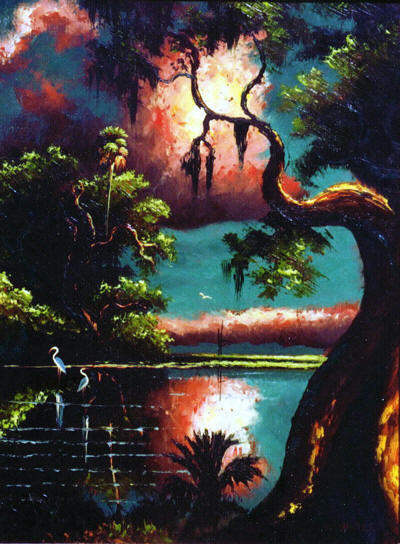
In the early 1950’s through the 1980’s a group of twenty-six African-American artists painted beautiful landscapes that displayed the serene, undeveloped Florida landscape of their time. They were from Fort Pierce, Florida and later became known as the "Highwaymen". The 26 painters (all men except for one woman, MaryAnn Carroll) latched onto art as a way to escape a more grueling fate: picking or crating oranges in the local groves.
The Highwaymen is a moniker that Jim Fitch, a promoter who is fascinated by what he calls Florida’s Art Tradition, assigned to the group in 1994. He often came across Highwaymen paintings, in thrift stores, yard sales, and the like, and recognized that something special had happened. The newly bestowed name ruffled some feathers but folks seem to have accepted that it was the perfect choice to get the ball rolling. Their artwork was primal and raw depicting idyllic views of the Florida landscape, before rampant development would reconfigure the state's topography forever. The Highwaymen saved money by painting on inexpensive Upson board and framed the works using white crown molding. On the weekends the artists would travel and sell their paintings to hotels, offices, businesses and individuals who appreciated the artwork for around $25 a piece.
The birth of the Highwaymen can be traced to 1954 in Fort Pierce, Fla., when a young African-American painter named Harold Newton met an established white painter named Albert "Beanie" Backus. Backus encouraged Newton to paint landscapes, and the young man eagerly obliged. Another African-American painter, Alfred Hair, began studying under Backus and for the next few years, Hair, Newton and a widening circle of associates produced Florida landscapes.
The Highwaymen artists knew they could make a living painting, but they knew they had to be different. Mr. Backus was a prominent white artist and could sell his paintings for hundreds of dollars in galleries and shows; no gallery would show the work of unknown, self-taught African-Americans. This is why they sold the paintings for only $25 each and traveled along the coast of Florida selling their artwork on the side of the road, to tourists, hotel chains and local patrons. Taking their artistic cues from Backus, the painters often worked with a heavy palette knife to create the swaying palms, shifting skies and crashing waves of the Atlantic Ocean. Scenes of marshes, birds, boats, moss-laden trees and the St. John's River were also popular.
Before long, the work of the Highwaymen began to appear on the walls of homes, offices, banks, shops and restaurants. Over the years, all of the Highwaymen developed and refined their own personal styles, ranging from surrealism to realism to impressionism. But the Florida folk art they created in the '50s is what is now generating such attention, especially among collectors. Even though they worked on their artwork as a group each painting was done by an individual artist. There was never a school or movement. These artists didn’t even have studios. They worked in their backyards “like shade-tree mechanics,” offers Mary Ann. In fact, there really were no Highwaymen, just an amorphous group of friends who found an alternative to toiling in the nearby fields and packing houses. The Highwaymen wanted to create art but they also needed to make money. To make up for the cheaper prices they were charging they would paint up to ten paintings in the time it would take Backus to paint just one.
The artists often got together to paint through the night. These were good times. According to James Gibson "It wasn’t unusual for an artist to make ten, even twenty, paintings at a stretch". Alfred even lifted weights to be able to paint without tiring. James challenged himself to make a hundred paintings in a twenty four hour marathon. His ubiquitous two color landscapes were the end result. Since the artists rushed, flaws were not unusual. Nor is it unusual to see smudged paintings. Highwaymen frames were constructed from crown molding that was designed as door, window and floorboard trim. At nine cents a foot it was more practical than buying frame molding strips. The standard sizes facilitated stacking the paintings for transport but occasionally paintings would bump and smudge.
Al Black said “Alfred could paint as good as he wanted and as fast as he wanted.” He preferred his production mode. The artists played a kind of game in which money was the way to keep score. Alfred wanted to be a millionaire by his thirty fifth birthday and having a Cadillac was his interim goal. All those painters who wanted the status-symbol car had them. So they had to paint fast and paint a lot! Collecting Highwayman art has become an exciting, but often expensive, hobby. Like with many forms of collecting, the thrill is in the hunt, and with something so steeped in lore and anecdotal history as this genre, it is particularly frustrating and potentially exhilarating for collectors to pursue even the tiniest of leads.
People in central Florida, along the coast from Palm Beach to Ormond Beach, dream of finding an original work at a garage sale or thrift store. But by now, most everyone in the region is aware of the values. In spite of the scarcity, hobbyists continue to travel the highways in search of Highwaymen art. Which is ironic. The Highwaymen -- who worked so hard to ply their trade with their makeshift roadside art galleries -- can now sit back while a whole new generation of "highwaymen" (the people who are scouring the shows, sales and flea markets) pursue their hobby and enhance their collections. Ironically, the Highwaymen still living can sit back, relax and reap the rewards of their labor (monetary and otherwise).
Don't miss a single page. Find everything you need on our complete sitemap directory.
Listen or read the top speeches from African Americans. Read more
Read about the great African Americans who fought in wars. Read more
African Americans invented many of the things we use today. Read more
Thin jazz, think art, think of great actors and find them here. Read more
Follow the history of Black Americans from slave ships to the presidency. Read more
Olympic winners, MVPS of every sport, and people who broke the color barrier. Read more
These men and women risked and sometimes lost their life to fight for the cause. Read more
Meet the people who worked to change the system from the inside. Read more
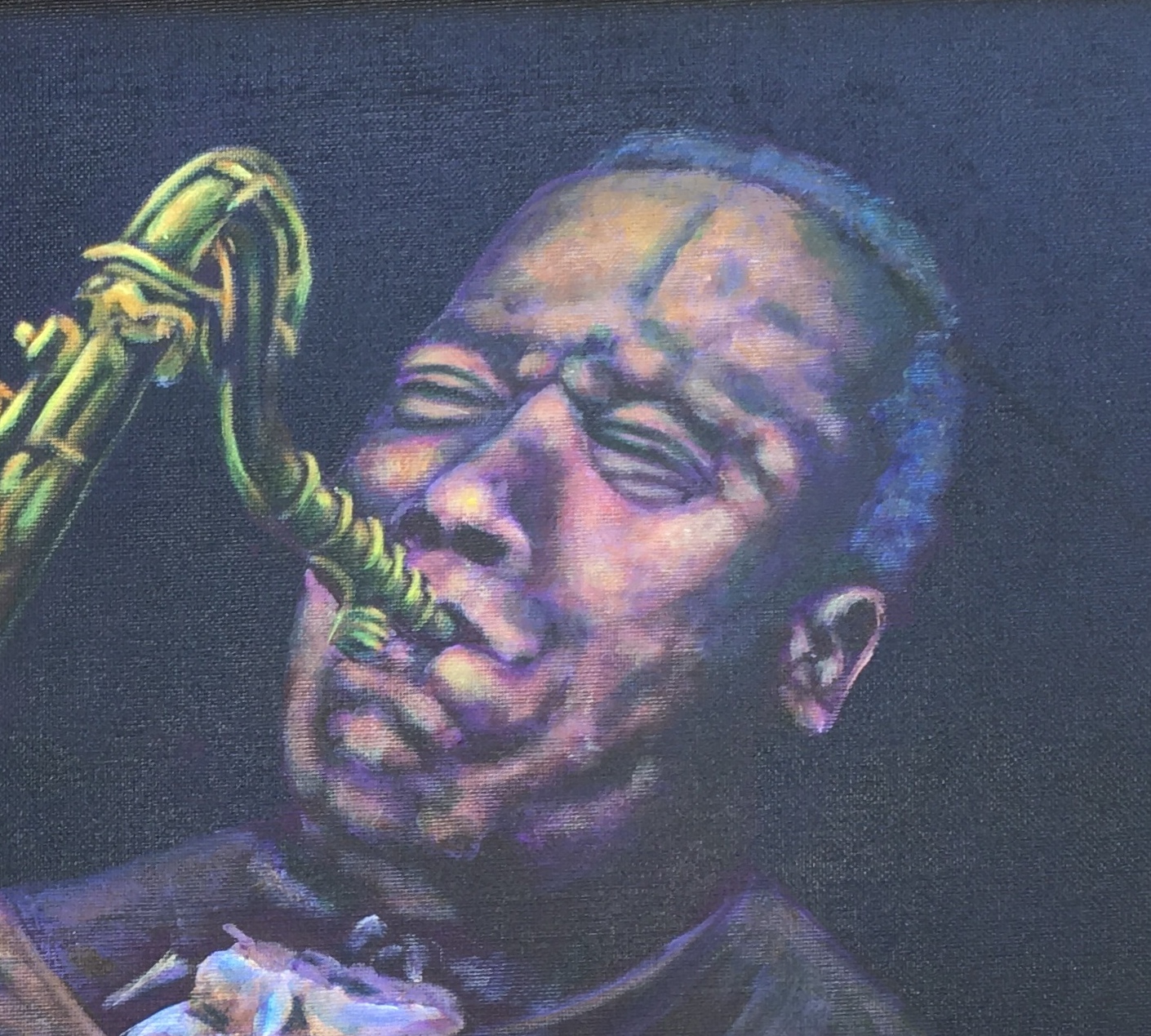
Visit my RedBubble page and use Michael Arnold Art to create greeting cards, T-shirts, mugs, and more.
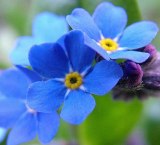
The variety and impressive numbers of mammals, birds and marine wildlife in Alaska draw visitors from all over the world. For some travelers, Alaska is wilderness, at least compared to what they may know from back home. The pristine wilderness of Alaska is, perhaps, the last vestige of thriving populations of North American wildlife. Where else can you see polar bears, bald eagles, blue and humpbacked whales, gray wolves, grizzly bears, orcas, lynx, moose, and hundreds of other rare and endangered species in their original and undisturbed natural habitats?
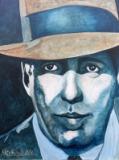
Enjoy our website filled with original signed acrylic paintings by award winning Artist Michael Arnold. Located in Citrus County Florida, Michael Arnold is a the editor at the Citrus County Chronicle. When he's not busy being an editor, he is an avid artist who enjoys painting in a variety of styles. We hope you take the time to click on each image to see a larger view and to learn what the artist, Michael Arnold has to say about his paintings.

As dog owners and people who care deeply for animals and wildlife, we wanted our Dog Encyclopedia to be a website that could empower pet owners to create the most positive, loving environment for their dogs. Dog Encyclopedia realizes that owning a dog is like adding a new member to your family.
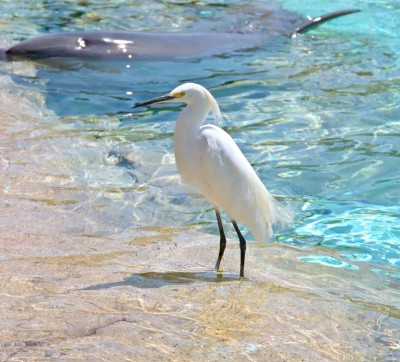
Floridian Nature has everything your are looking for in Florida nature. The wildlife of Florida is rich and varied, yet most of us are familiar with only a dozen or so species: the "well known endangered species such as manatees and panthers; those, like raccoons and squirrels, that have adapted to urban environments; the frightening alligators and black bears; and those like the armadillo who can't seem to cross the road. Yet they are just a few of the many animal species found in Florida.
